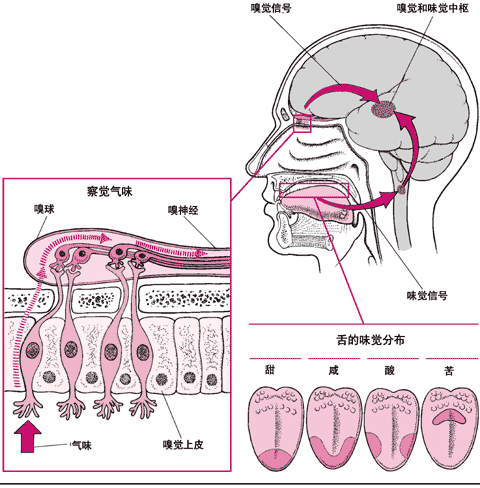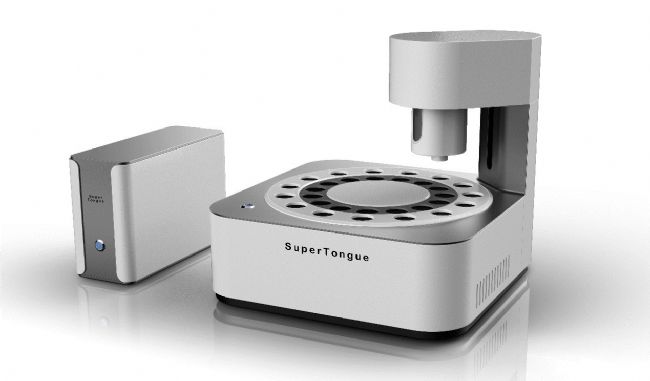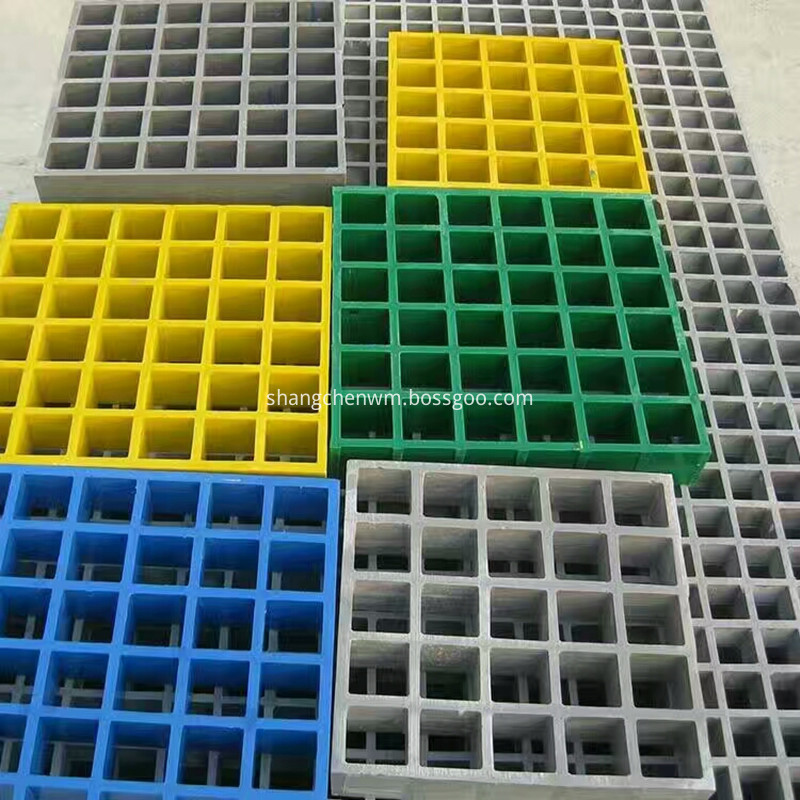How does the electronic tongue reflect the taste characteristics of the sample scientifically?
How does the electronic tongue reflect the taste characteristics of the sample scientifically?
What is the taste?
Taste is a complex biological system, and the taste receptor called "taste bud" on the tongue is the main organization that produces taste. A taste bud consists of multiple taste cells. One taste cell has a membrane potential of 30-50 mV. When a taste substance is placed on the tongue surface, the taste cells will be polarized, which is called a change in the receptor potential. Once the potential changes, the stimulation signal can be transmitted from the taste cells to the taste nerves, and the pulse nerves are generated by the taste nerves. Different tastes have different stimuli, and then the brain will have sensory characteristics according to different stimuli.

How does the electronic tongue mimic the taste characteristics? (Take the SuperTongue electronic tongue as an example)
The electronic tongue is a modern instrument designed to mimic the biosensory taste mechanism. The design model was derived from multi-sensor and multi-component chemical analysis methods, which was produced in the mid-1980s. The liquid sample is detected by the sensor array, and the sample is quantitatively or qualitatively analyzed by pattern recognition processing. It mainly consists of three parts: sensor array, signal acquisition module and pattern recognition module. Wherein, the sensor array responds to the liquid and outputs a signal, and after the signal is processed by the data and the pattern is recognized, the result reflecting the taste characteristic of the sample is obtained. Compared with traditional analytical chemistry methods, this sensor output is not the result of the analysis of the sample components, but a signal related to certain characteristics of the sample. These patterns are pattern-recognized to give an overall assessment of the taste of the sample.
The original core of the electronic tongue - electrode analysis (using the SuperTongue electronic tongue as an example)
The SuperTongue electronic tongue consists of a sensor array, a combined pulse relaxation spectrum signal excitation and receiving device, and a variety of intelligent algorithms. The electronic tongue adopts an electrochemical measurement three-electrode system, that is, the sensor array is composed of a working electrode, an auxiliary electrode and a reference electrode. The sensor array consists of 6 working electrodes and 1 auxiliary electrode to form a single unit mechanism, which together with one reference electrode form a complete sensor array. The auxiliary electrodes are arranged in the middle of each working electrode to ensure that the distance between each working electrode and the auxiliary electrode is equal, and the background interference factor caused by the solution resistance of the different working electrodes is eliminated. The hardware circuit is composed of a signal excitation unit, a signal conditioning unit and a data acquisition unit. The signal excitation unit is responsible for generating the excitation signal required for the detection substance system; the conditioning unit is responsible for adjusting the pulse signals and combining them to meet the needs of different detection substances; and the data acquisition unit is responsible for collecting the response signal of the test substance for the excitation signal.
Principle of Analysis of Electronic Tongue Results (Illustrated by SuperTongue Electronic Tongue)
1DI value: >85% or so, the larger the difference between the different samples
2 The sum of the first and second principal component contribution rates: >85%, the larger the representative, the more comprehensive information that can reflect the sample.
3 Repeatability between different parallels of the same sample: the more clusters of these points, the better
Key factors affecting the comprehensive utilization rate of electronic tongue products (illustrated by SuperTongue electronic tongue)
Sensor detection limit: SuperTongue electronic tongue detection limit up to ppb level;
Sensor life: SuperTongue electronic tongue has a service life of more than 5 years (calculated by 20,000 tests);
Don't let the supplies drag the hind legs of the experiment: SuperTongue electronic tongue does not need to replace the sensor, no consumables
Excellent product recommendation:
Brand: ISENSO Model: SuperTongue (the latest in 2018)

references:
VLASOV YUG, LEGIN A, RUDNITSKAYA AM, et al. Electronic Tongue-New Analytical Tool for Liquid Analysis on the Basis of Non-Specific Sensors and Methods of Pattern Recognition [J]. Sensors an Actuators B, 2000, 65:235-236 .
Remarks: In the next issue, we will detail how the DI value and the principal component contribution rate come from, so stay tuned.
Contact: Manager Zhang, 18916179202 (same as micro-signal).
Fiberglass Grating
The fiberglass grating also named FRP grating & fiberglass grid, and the fiberglass grating panels can be made into FRP grating cover, fiberglass walkway grating, fiberglass trench grating and so on.
The fiberglass grating is light in weight and has good elasticity, so it can be cut freely during the installation process, without using lifting equipment, and only a small amount of labor and cutting tools are required. Because the FRP grid is made of non-metallic materials, the corrosion resistance of the FRP grid is very good. The FRP grid will not rust and rust under the chemical medium, nor will it damage the structure of the material.
Beyond that, the color of fiberglass grating including yellow, gray, green and as your demands.

Fiberglass Grating,Fiberglass Dock Grating,Fiberglass Trench Grating,Frp Ceiling Grid Mesh
ANPING COUNTY SHANGCHEN WIREMESH PRODUCTS CO.,LTD , https://www.scwiremesh.com
